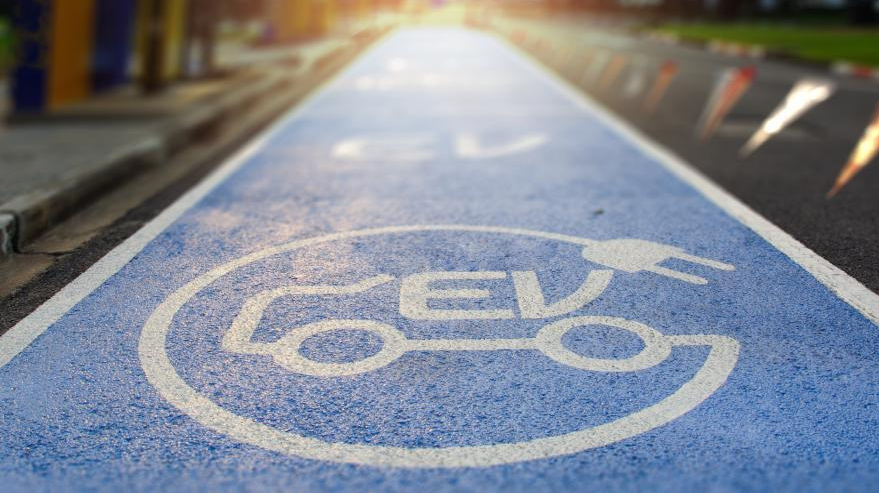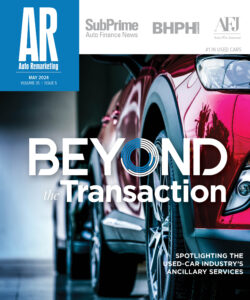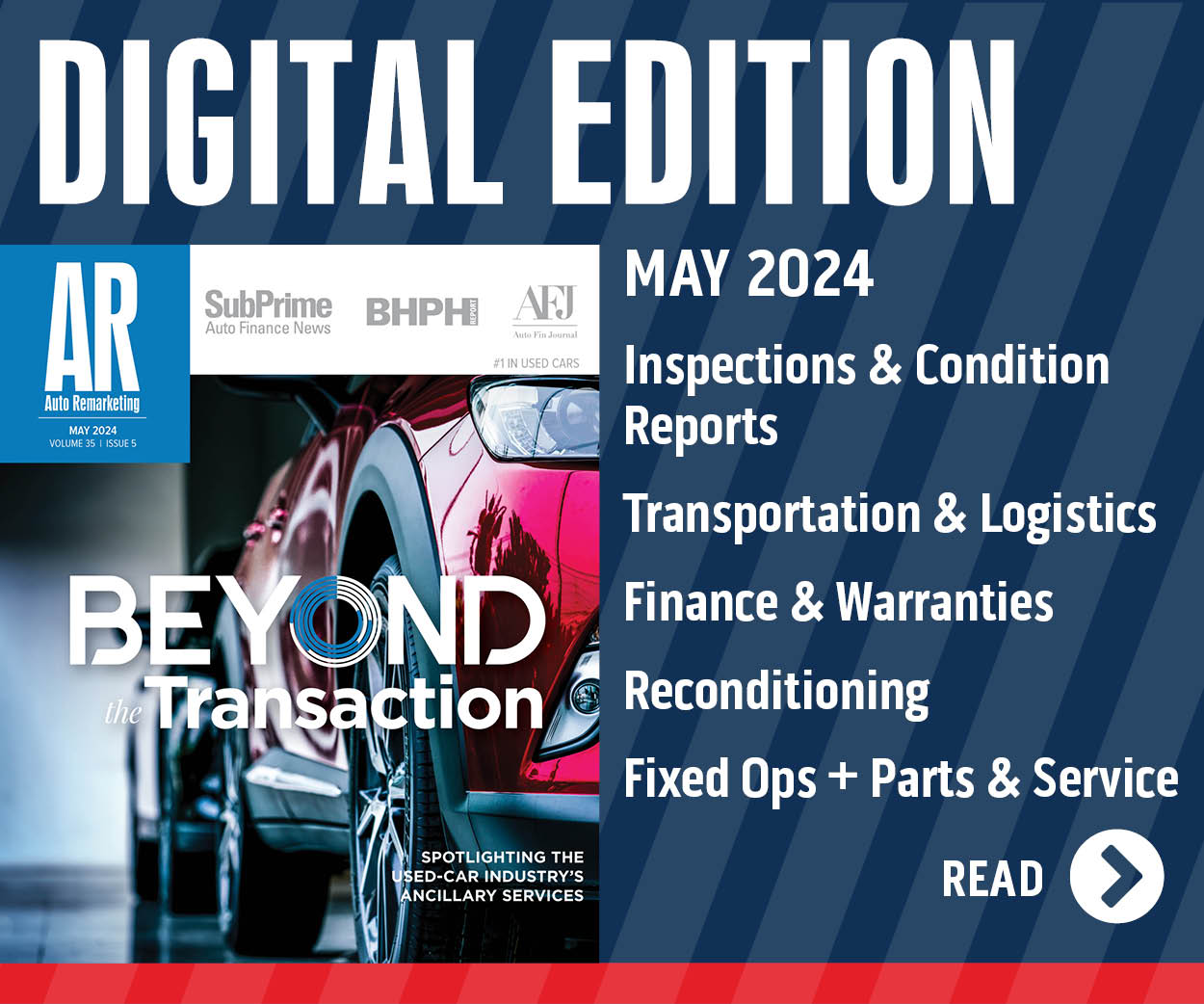COMMENTARY: Plug-in hybrids can serve vital role in electrification

The transition to electric vehicles is currently generating millions of pixels. The once seemingly smooth path to an all-electric future is now strewn with some unexpected potholes, but one vehicle type in the current mix deserves some added attention.
Plug-in hybrids (PHEVs) can offer a good solution in regions with limited charging infrastructures and for households reliant on a single vehicle. These models, often overlooked, offer practicality for long-distance travel, while EVs struggle in that regard due to short range and limited charging options.
In the move toward electrification, plug-in hybrids can further the process in areas lacking charging infrastructure. Sparse EV charging options in regions like the vast middle of the country make PHEVs a more practical alternative to pure EVs.
PHEVs offer long-distance flexibility without the need for frequent charges, plus cost savings and better overall convenience. Despite the prominence of pure EVs in the electrification discussion, an evenhanded comparison of electric vehicles and plug-in hybrids underscores plug-ins’ advantages over EVs in convenience, cost, and functionality.
For many drivers, plug-in hybrids represent the current sweet spot in terms of affordability and practicality for typical vehicle usage. These vehicles cater well to everyday needs, like running errands in town, where their need for gasoline fill-ups will be infrequent.
At the same time, their ability to use their gasoline engines to extend their range when the battery power is depleted makes them a convenient choice for road trips and other long-distance travel. Day to day, PHEVs can perform exactly as pure EVs, while for that occasional trip they end range anxiety.
Despite their utility, plug-in hybrids have often been overlooked or dismissed in favor of conventional hybrids or electric vehicles. This neglect is evident in the lack of coverage of plug-in hybrids in reviews and online content.
Even as electric cars gained traction, the plug-in hybrid segment remained under-sung. Their position as a bridge between traditional hybrids and full EVs has been underestimated, leading to limited awareness and appreciation among consumers. But that seems to be changing.
Used EV price depreciation
One indicator of PHEVs ascendance is their retained value performance. It is especially marked when compared to the recent retained value record of EVs. Three-year-old EVs experienced drastic declines in average prices from January 2022 to November 2023.
The overall average drop for 2020 EV models hit 29% in November 2023, unprecedented depreciation in a remarkably short period.
Viewing the performance of three-year-old 2020 model year vehicles in November 2023 compared with the previous year, electric vehicle segment price drops compared with internal combustion engine (ICE) counterparts were substantial. Weighted averages demonstrate the steep declines. Electric premium SUVs fell by 33%, electric cars dropped 25%, electric premium cars declined by 21% and electric SUVs saw a 12% decrease.
This decline wasn’t consistent across EV models. Some did better while some high-end models, like the Porsche Taycan and the Tesla Model X, saw even starker drops. One potential factor contributing to this significant decline was the lack of tax credits for used EVs, a situation that has since been at least partially addressed.
But the bulk of the profound price drops within EV segments can be attributed to the rapid evolution of EV technology. Unlike the stability seen in gasoline counterparts, where advancements are gradual, the relentless innovation in EVs renders slightly older models outdated due to technological improvements in newer models.
This, in turn, negatively affects the value of older EVs. Put simply, electric vehicles experience accelerated depreciation compared to the more gradual depreciation observed in PHEV and conventional ICE vehicles.
Contrasting PHEV and EV value retention
The contrasting trends between plug-in hybrids and EVs in retaining their value prompt two perspectives. The first is PHEVs seem to maintain their value about the same way as traditional internal combustion engine vehicles. The second takeaway is used EVs don’t maintain their value nearly as well.
In terms of day-to-day functionality, PHEVs mirror traditional gasoline cars once the electric charge in their batteries depletes. PHEVs act like ICE in many important ways, and thus, they maintain their value in a similar fashion.
Conversely, EVs face rapid technological advancements, resulting in older models swiftly becoming outdated.
Concerns about battery longevity and performance deterioration also contribute to EVs experiencing sharper depreciation than PHEVs. Unlike PHEVS and ICE vehicles, where performance typically remains consistent over time with proper maintenance, EVs encounter noticeable range deterioration as their batteries age.
Additionally, potential battery replacement costs, often substantial, pose a considerable expense for EV owners, raising concerns about long-term ownership costs.
While upfront maintenance costs for EVs are often lower than for comparable ICE vehicles, the lurking expense of potential battery replacements must be contemplated by buyers, especially those considering the purchase of a used EV.
Of course, PHEVs have onboard battery packs as well, but they are much lower in capacity and much less expensive than the batteries in pure EVs. While tax credits encouraging the purchase of older EVs might seem beneficial, they might inadvertently trap used car buyers into unexpected future costs. This factor could prompt a discussion on the prudence of such incentives and their implications for consumers. Compared with electric vehicles, PHEVs are a less risky purchase for used-vehicle buyers.
Plug-in hybrids as transitional technology
While PHEVs do not provide emission-free motoring, they can serve as a practical steppingstone toward the adoption of full EVs, offering consumers an electric driving experience with a gasoline engine safety net.
At the same time, despite their efficacy now, they might not represent the ultimate technology since continuous EV advancements are anticipated in the next five to 10 years.
If EV ranges surpass gasoline models and charge times align with refueling times, it will revolutionize the automotive landscape by making electric vehicles pain-free substitutes for ICE cars.
In the meantime, PHEVs can bridge that gap. Plug-in hybrids can be regarded as the pragmatic—if under-appreciated—choice on the path to full electrification due to their convenience, cost and value retention qualities.
David Paris is director of product & market intelligence at J.D. Power Valuation Services.

 View The Latest Edition
View The Latest Edition

